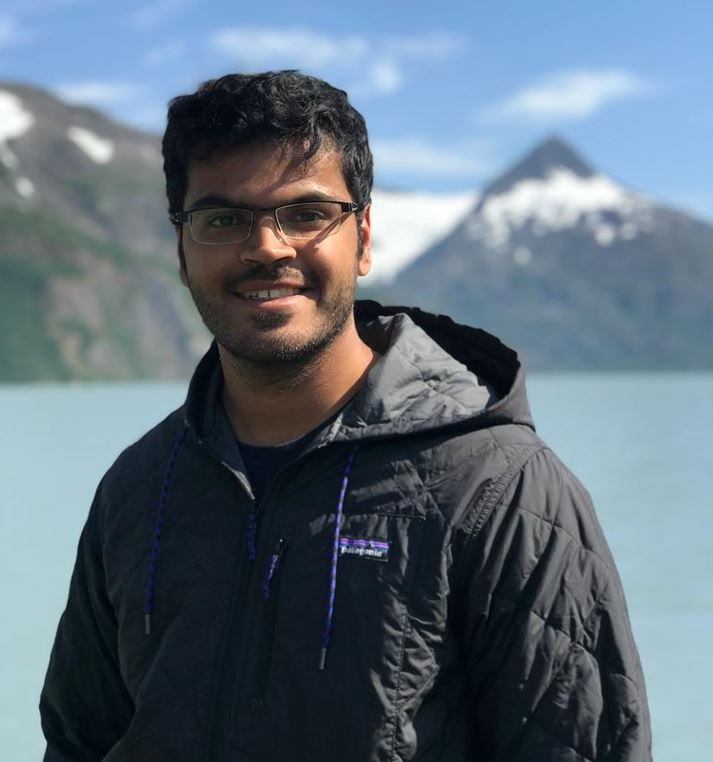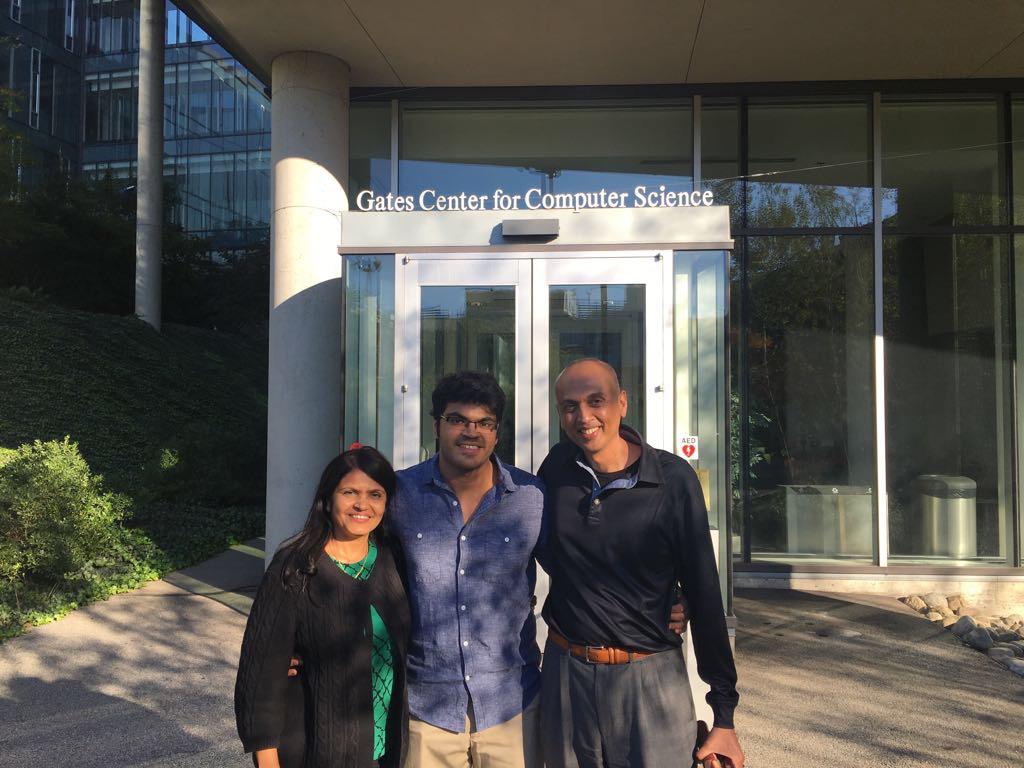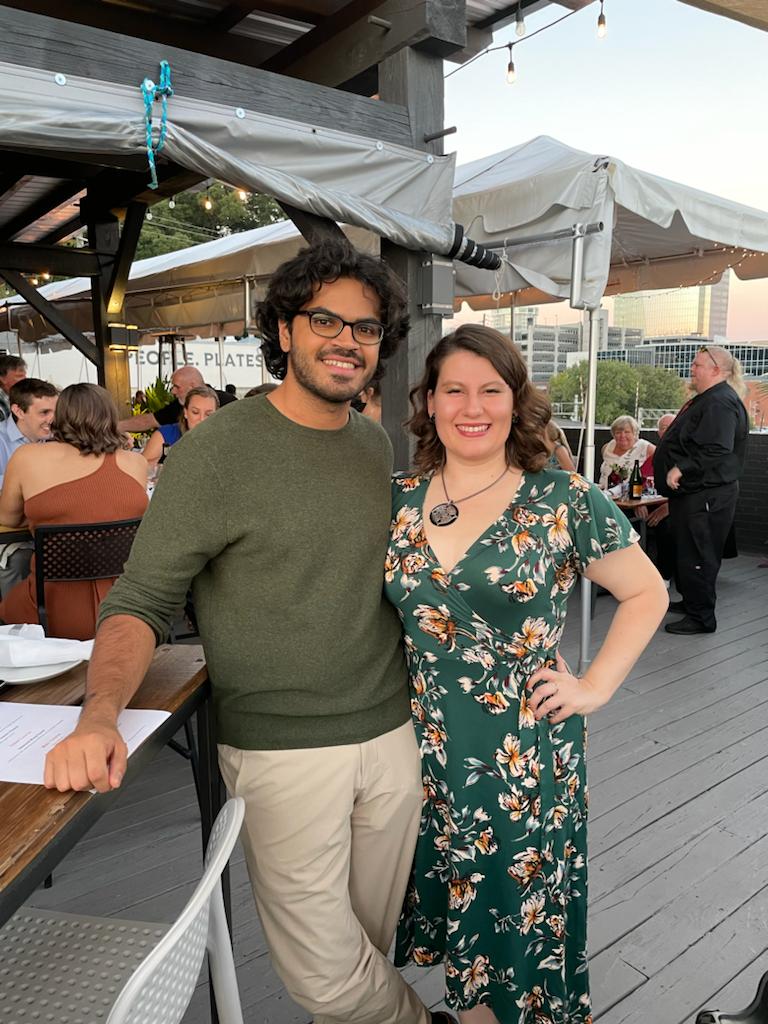(July 12, 2022 ) When Chef Manu Chandra stepped down from the Olive Group after 17 years to branch out on his own, it seemed like a dicey detour. He didn’t let that stop him, founding Single Thread Catering in 2021. One year later, Manu took his new venture to the Festival de Cannes 2022, after the Ministry of External Affairs invited the culinary maverick to join their contingent at the India Pavilion. It didn’t end there. Manu was also asked to cater the inaugural dinner, a big order on very short notice – just the sort of challenge he enjoys.
Giving local products an Indian twist, in an attempt to bridge Rajasthani and French cuisines, the menage-a-deux menu included Pyaaz ki kachori en Croute, made with roasted shallots and wrapped in croissant dough and served with chutney and creme fraiche. There were also the wildly popular Paniyaram Madelines, served with podi and coconut chutney and vada pav made with French brioche buns.
“There’s an interesting backstory to the whole thing,” Manu Chandra tells Global Indian. “I’m involved with Diageo’s latest endeavor, their craft counsel. It’s an endeavor that aims to change how people perceive locally-distilled brands and Godavan, a single-malt made in Rajasthan, was one of their biggest, recent launches.” Shortly after the launch, they received a call from the Government of India, asking them to be pouring partners at the India Pavilion at Cannes, to showcase a story that is “so inherently Indian.” The Ministry also inquired if Manu would be open to coming along. “I jumped at the idea,” he says. “I can’t turn down a chance to go to the South of France for a couple of days!”
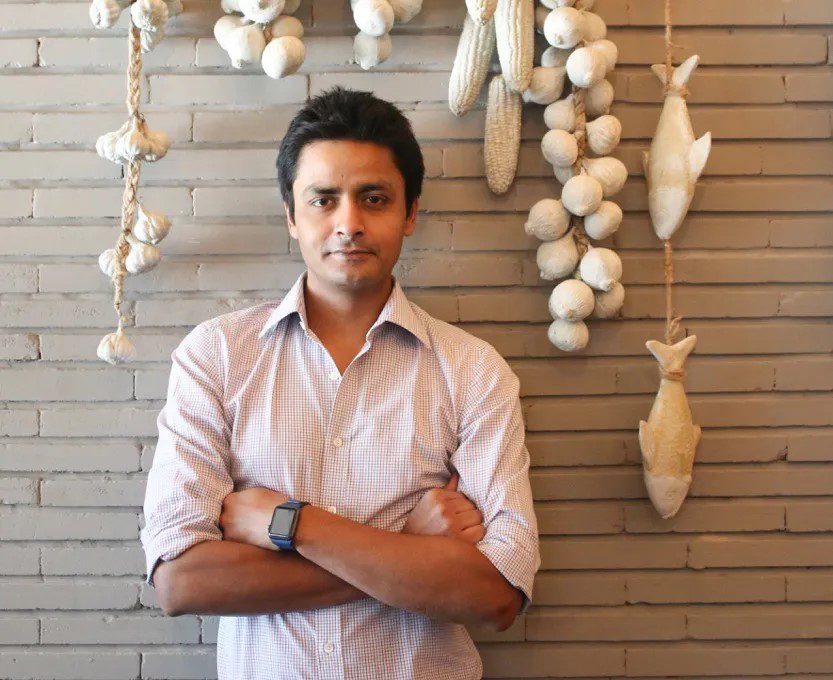
Manu Chandra, founder, Single Thread Catering
The big invitation
The journey ahead was fraught with surprises. When the list of names was sent to the Ministry, someone recognised Manu’s name and asked if he would be “open to doing some of the dishes at the India Pavilion.” It was short notice, but do-able and Manu agreed. “My thought process was to create something that represents the country in interesting ways – a confluence of traditional Indian offerings and a little bit of France, given I would be working with a lot of local ingredients. I wanted to play with form and make it something people would remember because it was a landmark festival for so many reasons. It was taking place after a long break, India’s 75th year of independence and 75 years of Indo-French diplomatic relations.” The Ministry loved his suggestions.
The story doesn’t end here. Even bigger things were brewing – an extended invite at the festival. “Before I knew it, another request came in from the Ministry, asking if I would be open to the doing the inaugural dinner, as well.” Now this was a big ask – Manu would be very short on time. “As a chef, you tend to shine brightest in adversity. I took on the challenge and put together a menu that paid tribute to Rajasthan.” He explained the Rajasthani-French confluence on the menu and it was very well-received by the Ministry. Manu was told that he would be cooking for 25, and be provided a venue with a kitchen.
India Pavilion — the most buzzing pavilion!
As someone who’s hands-on, Manu believes he works best in situations where all hands are on deck. That wasn’t meant to be, for Manu’s visa was the only one stamped ahead of time. He arrived at the venue alone, standing before a team of French chefs eyed him with apprehension, “thinking the Indian chef would come with pots of curries.” They realized soon enough that it was all very French and very innovative. It was an adventure all through, which began with trying to source dosa batter in the South of France. “Not a joke,” Manu remarks. A Sri Lankan grandmother came to their rescue – “the only one who could make it.” Manu also worked with a local caterer in Nice.
Manu is a process-driven chef, with an eye for detail. He began with a mad rush for local ingredients, then putting them together, building flavours and creating presentations. His team arrived an hour before the dinner began. “It was like a suspense thriller,” Manu recalls. “I thought to myself, ‘I’m going to have to do 30 plates alone’.” It was an “exciting and daunting task,” but exhilarating, especially when the guests walked in – the invitees included A-listers like A.R. Rahman, Madhavan and Nawazuddin Siddique. The moment dinner was done, the team raced to begin prepping for the India Pavilion.”
View this post on Instagram
A menu that married comfort with contemporary aesthetics
“It was comfort food married with contemporary presentations, comfort married with using local products with that classic Indian twist. That manifested in a Baingan Bharta caviar passed through vodka and garnished with asparagus – this was popular with people from the Bangladeshi pavilion, who stopped to dig in and told Manu it reminded them of home. Snacks like kodubale, pepper cashews, small chaklis, and khakhras “sold like hot cakes,” Manu said. “We had guests from the Dutch, Irish, Ukrainian and Columbian pavilions alike. The India Pavilion was the most buzzing – we actually had a crisis situation in the pantry!”
Inside the mind of the master chef
“I’m philosophy-agnostic,” Manu says, about how he plans his menus. “I don’t want to be tied down to a single process when I think of food and menus. I believe evolution is key, to be able to engage with your customer on an ongoing basis.” There’s always “merit in repetition,” he says, but as a creative professional, that’s not always a priority. “I need to be able to create. I have always believed in that.”
Does he have creator’s block? “There are a lot of moving parts in the food business. There’s too much going on for that.” Perfectionism, however, is Manu Chandra’s trademark. “It doesn’t always bode well for me as I scale because I want things to be done a certain way and so much is in the hands of others. Does that make me insecure? No. But it does make me worried.”
The Next Big Move: Single Thread Catering
Seventeen years of being closely associated with the Olive Group was followed by Single Thread Catering, a bespoke catering venture. “So far, our event have been well-received,” Manu says. “It’s a challenge to create something new but when you have an amazing team, the effort is worth it. Offering a consumer an outstanding meal is always worth it.”

At home…
At home, Manu prefers a homely bowl of curry and rice., “I like a bottle of red wine and a good OTT show. I don’t binge-watch because I’m an early riser,” he chuckles. He doesn’t always have the time to go home and cook, because he doesn’t have help at home. “My time in New York taught me self-reliance, though.” When he does cook, though, it’s a “nice curry, made in advance, with freshly-ground masalas and eaten at night with a steaming bowl of rice, which appalls my family in Delhi!”
Manu comes from a large family with lots of aunts who were accomplished in the kitchen. “They call and take tips from me,” Manu gloats. “I say, ‘Bua, you’re an amazing cook and there’s nothing I can teach you. Still, they continue to ask! It’s a big compliment!” More so because his decision to be a chef raised eyebrows at home. “There wasn’t a restriction as such but I knew they were thinking it – a son in the family wanted to work as a cook!” Today, they value and appreciate him, a sign that life has come full circle for master chef Manu Chandra.
- Follow Chef Manu Chandra on Instagram


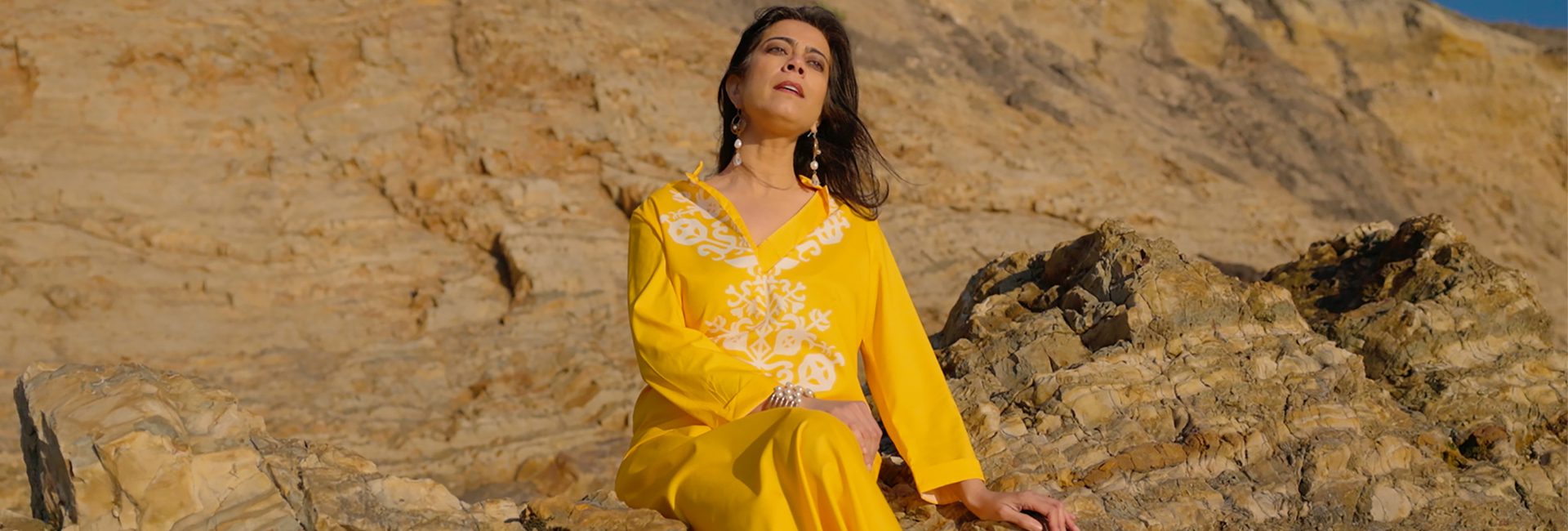
 Devika Chawla, singer-songwriter[/caption]
Devika Chawla, singer-songwriter[/caption] Devika with Amaan Ali Bangash and Ayaan Ali Bangash[/caption]
Devika with Amaan Ali Bangash and Ayaan Ali Bangash[/caption]
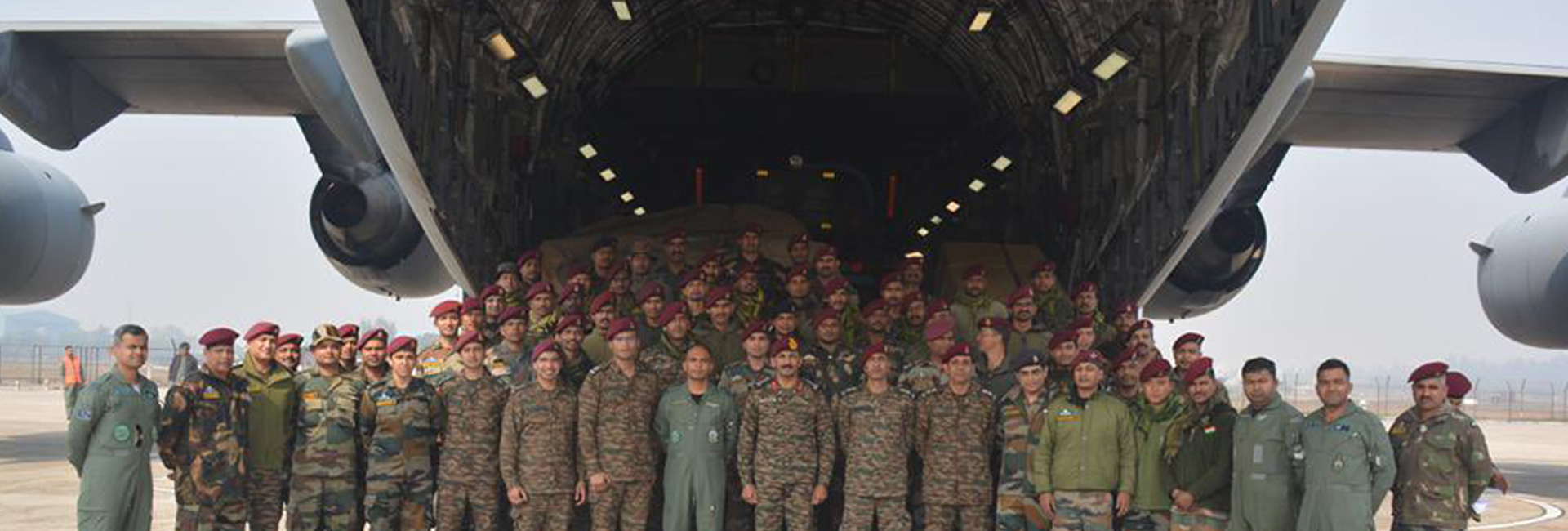
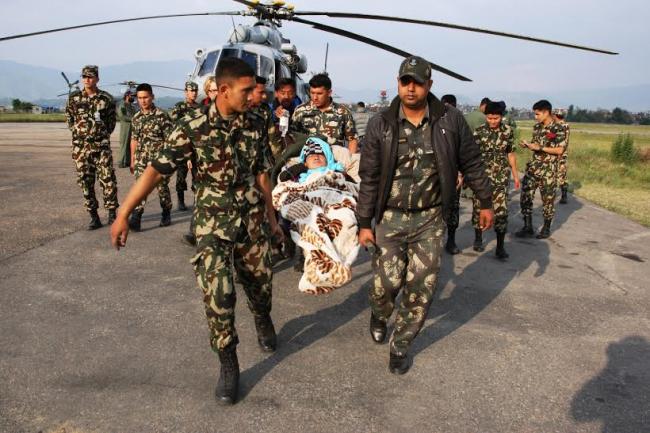
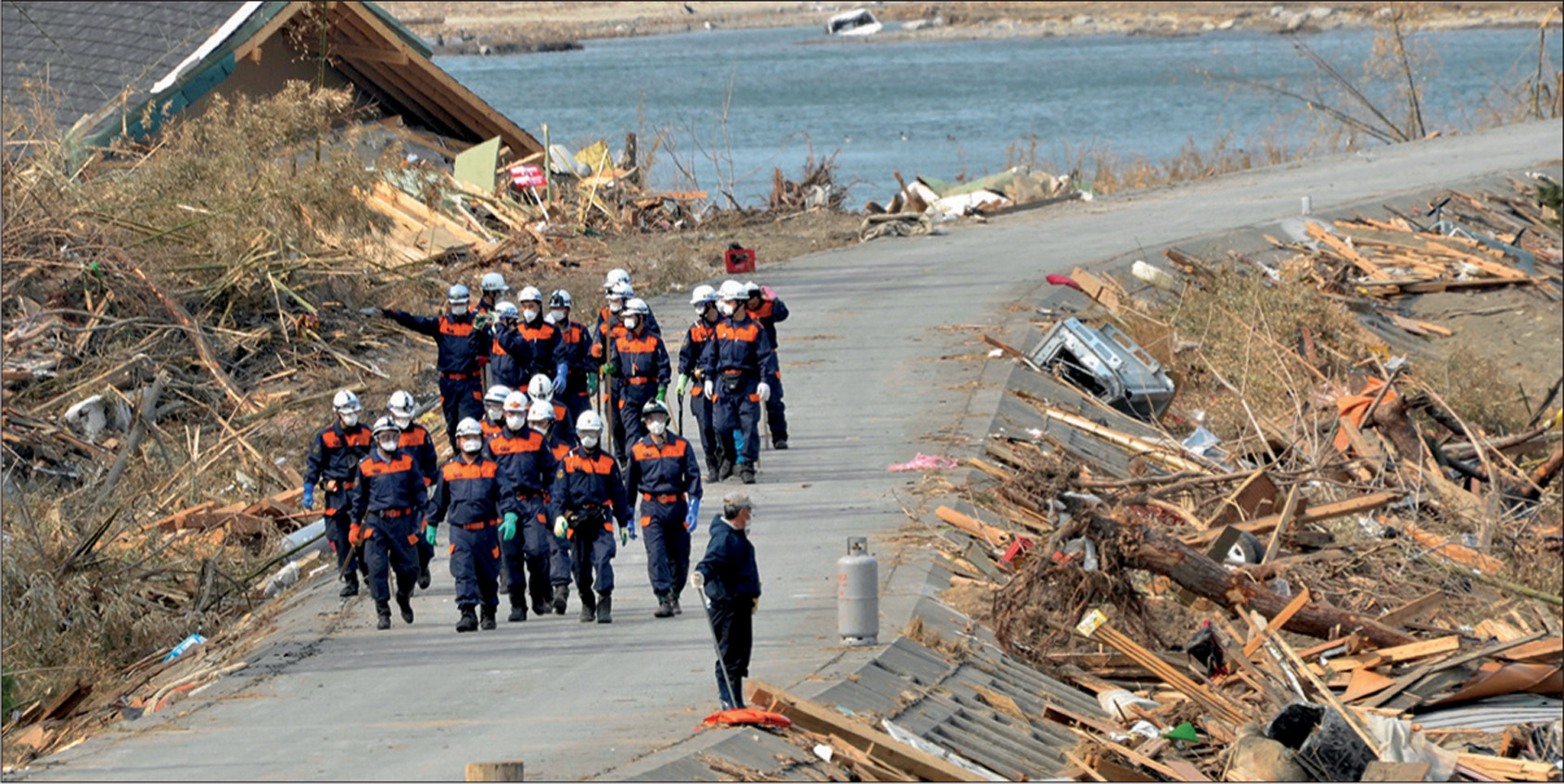
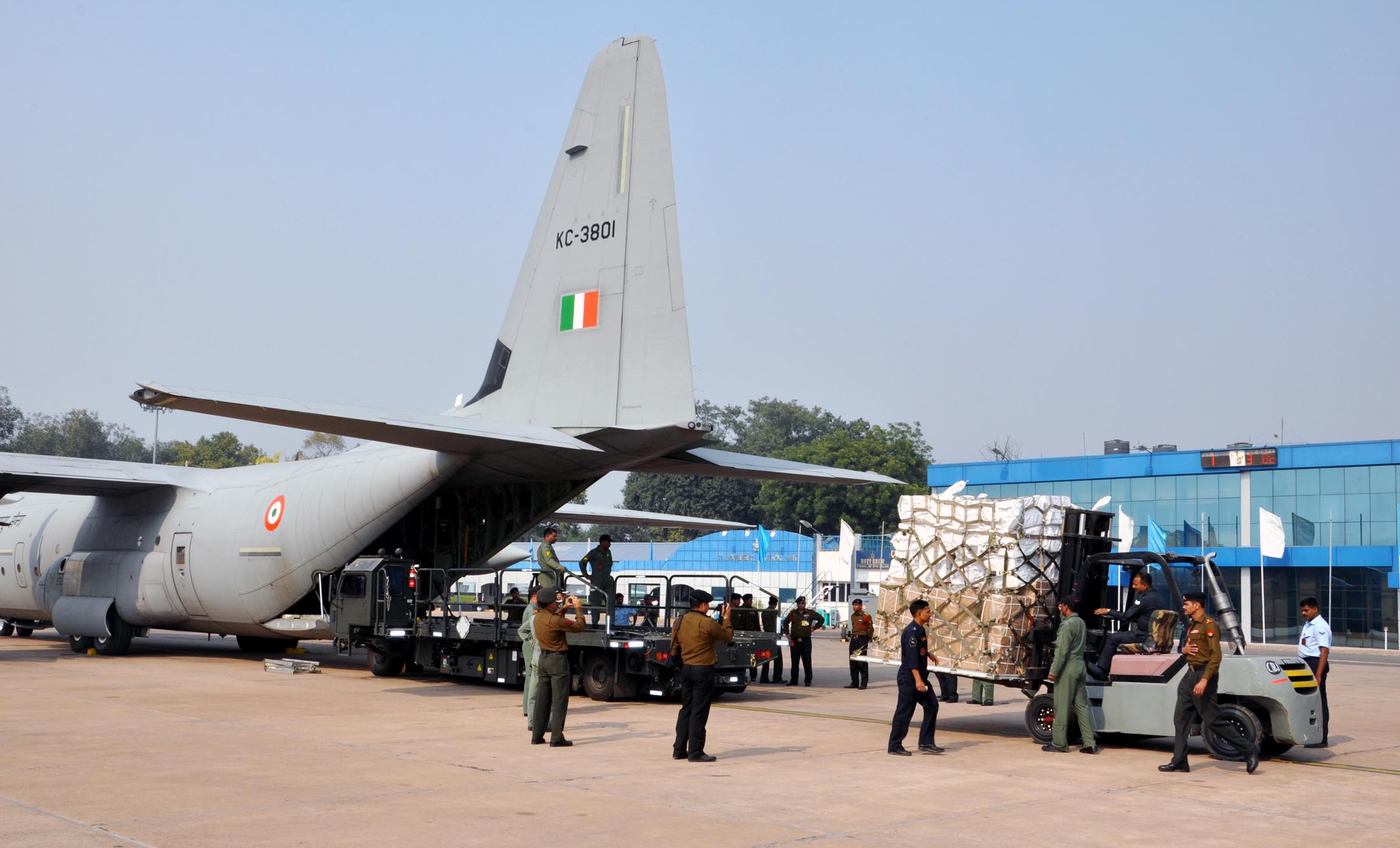
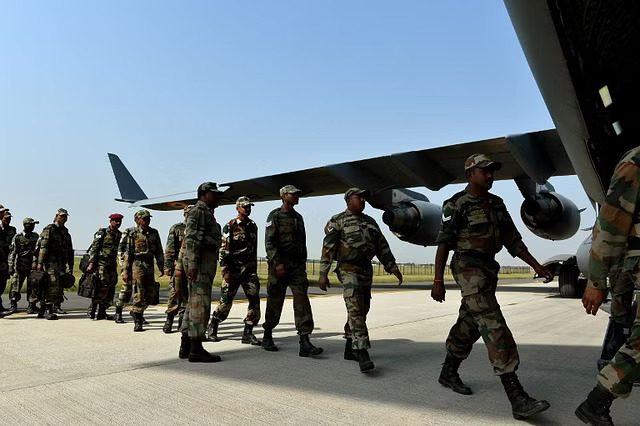
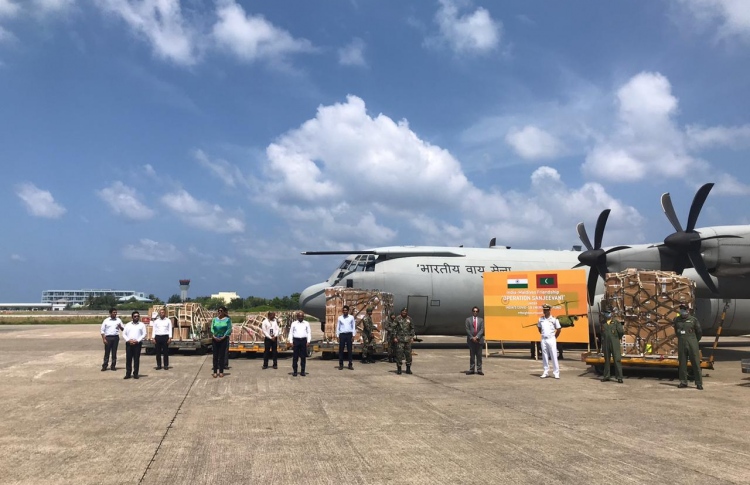
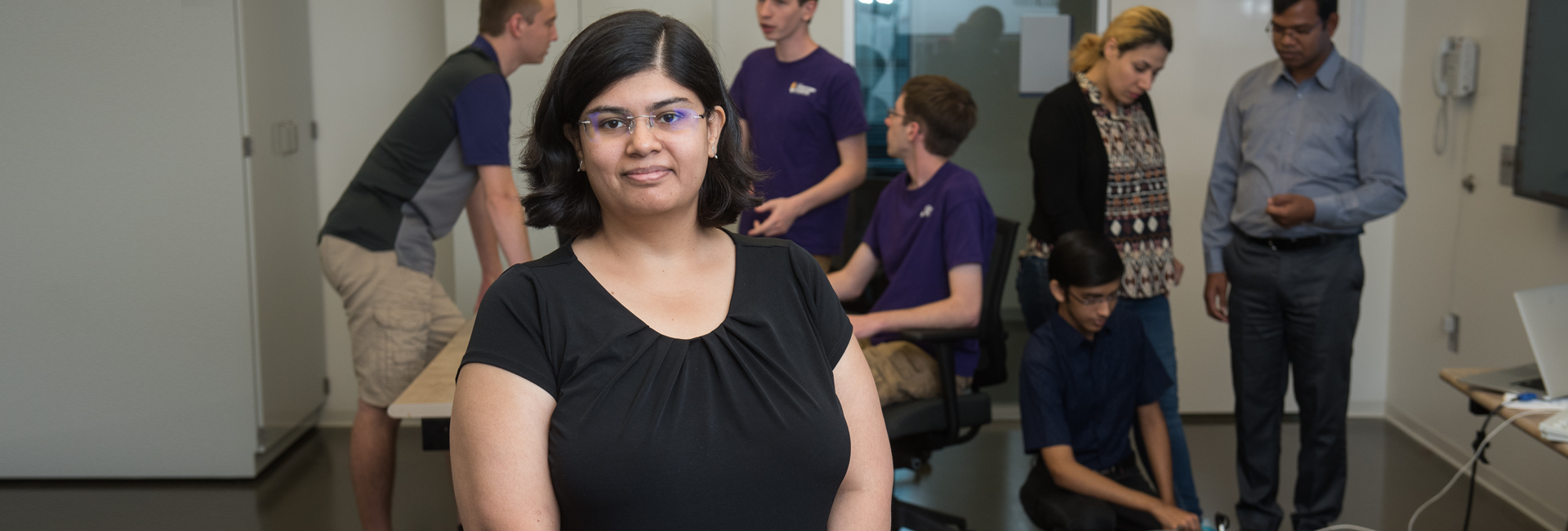
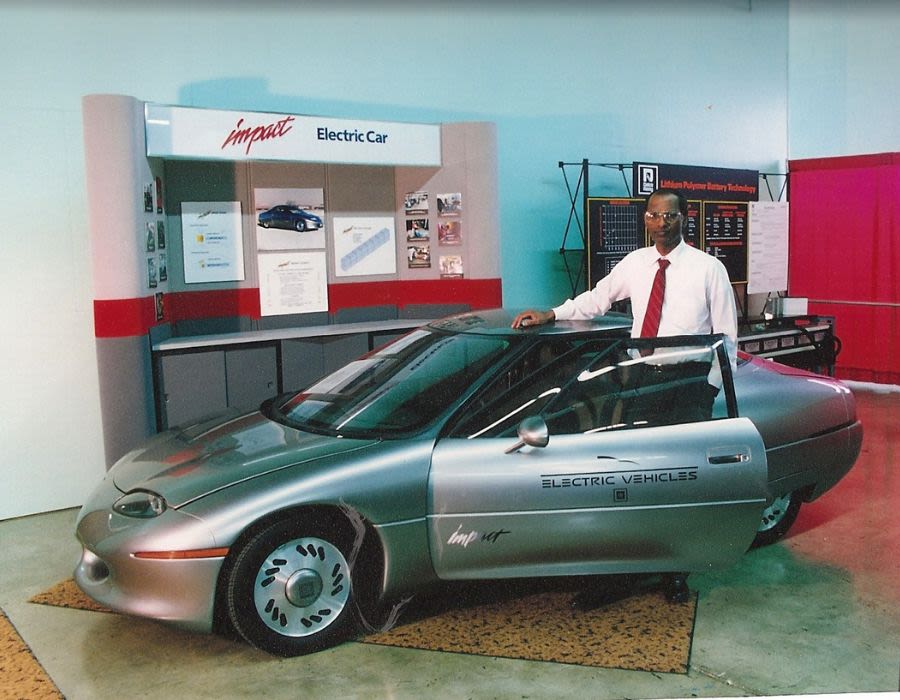 Dr, Rajashekara with GM Impact electric vehicle in 1993[/caption]
Dr, Rajashekara with GM Impact electric vehicle in 1993[/caption]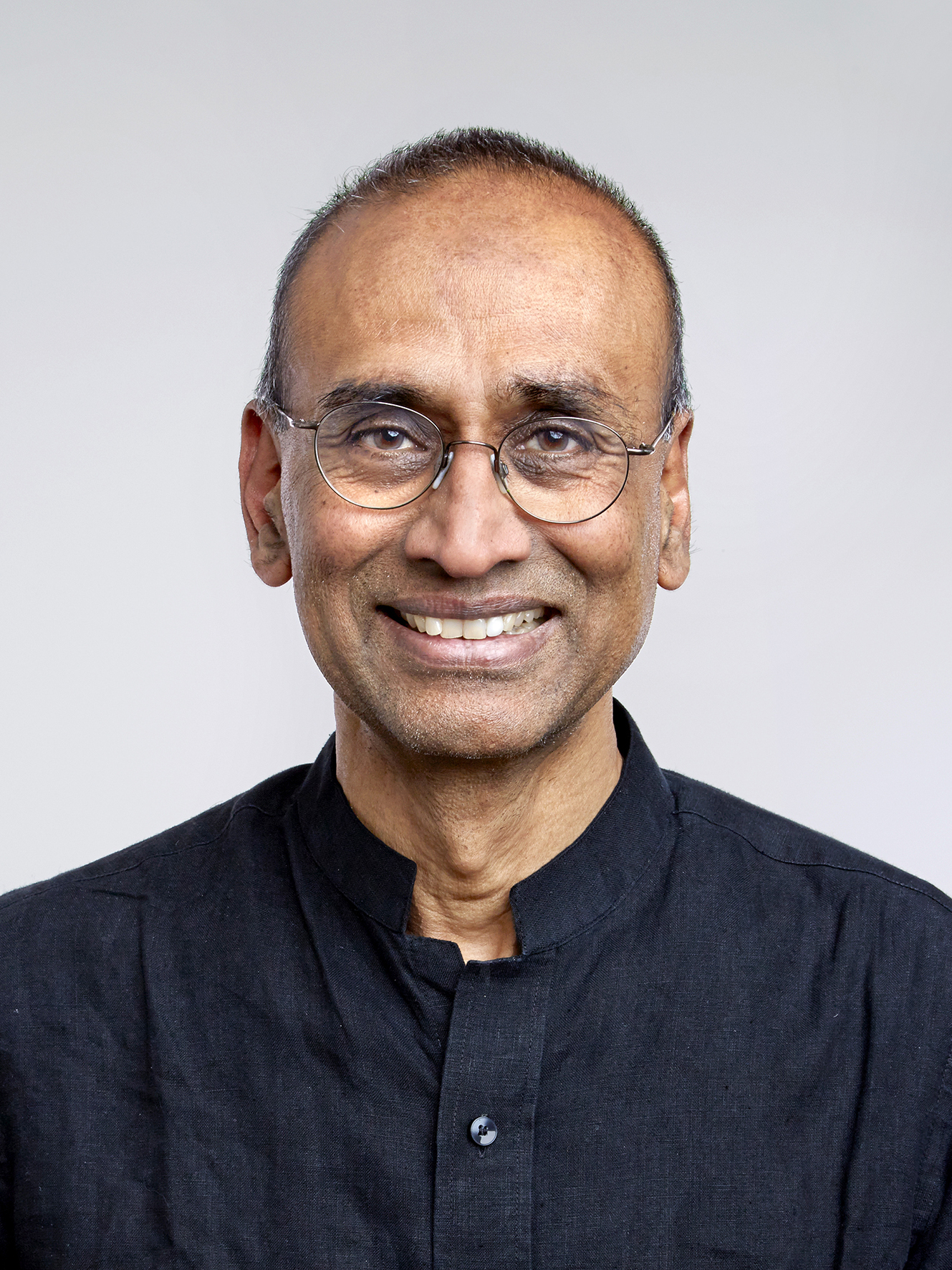
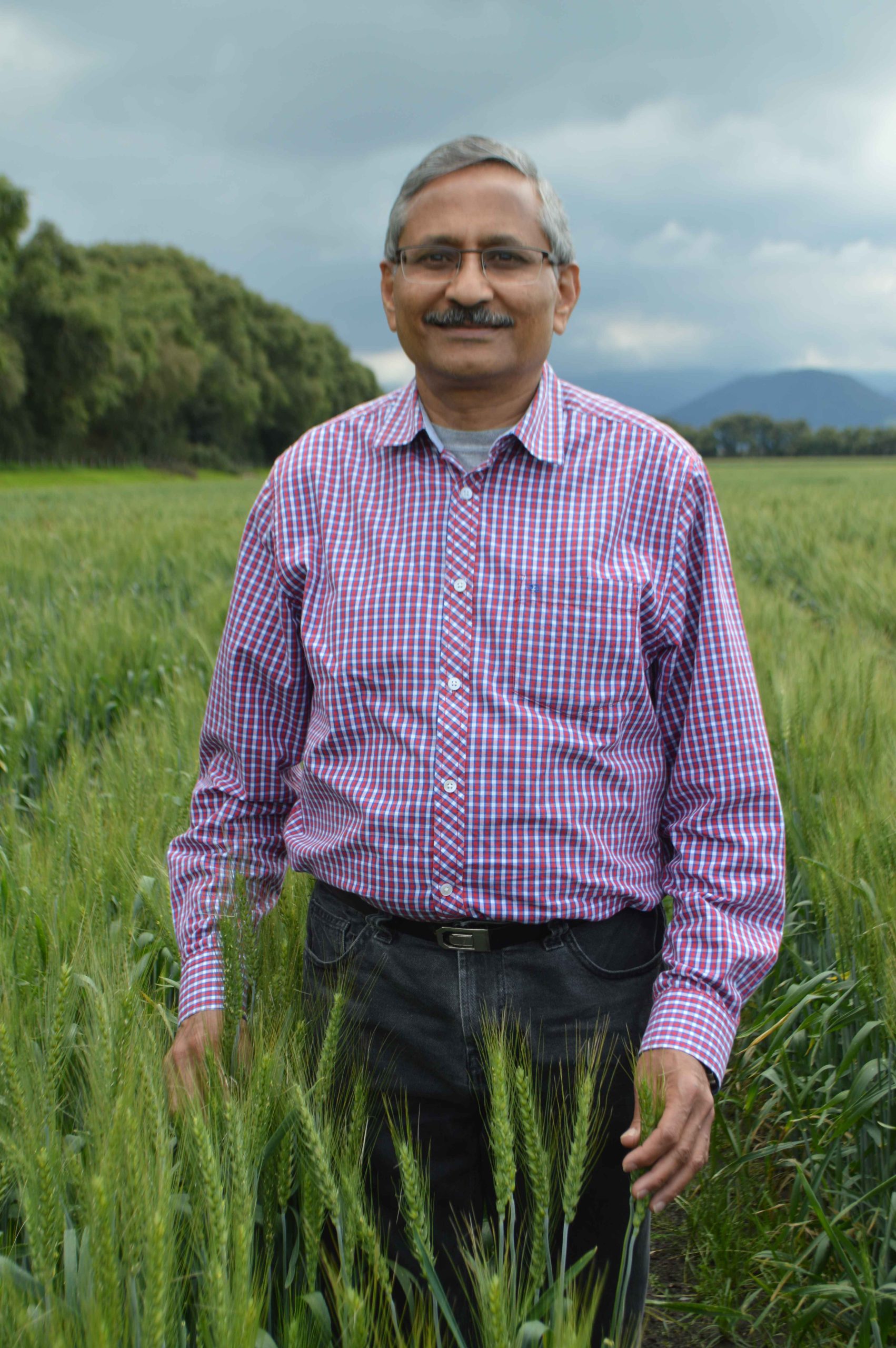 Dr Ravi Prakash Singh, Head of Global Wheat Improvement at CIMMYT[/caption]
Dr Ravi Prakash Singh, Head of Global Wheat Improvement at CIMMYT[/caption]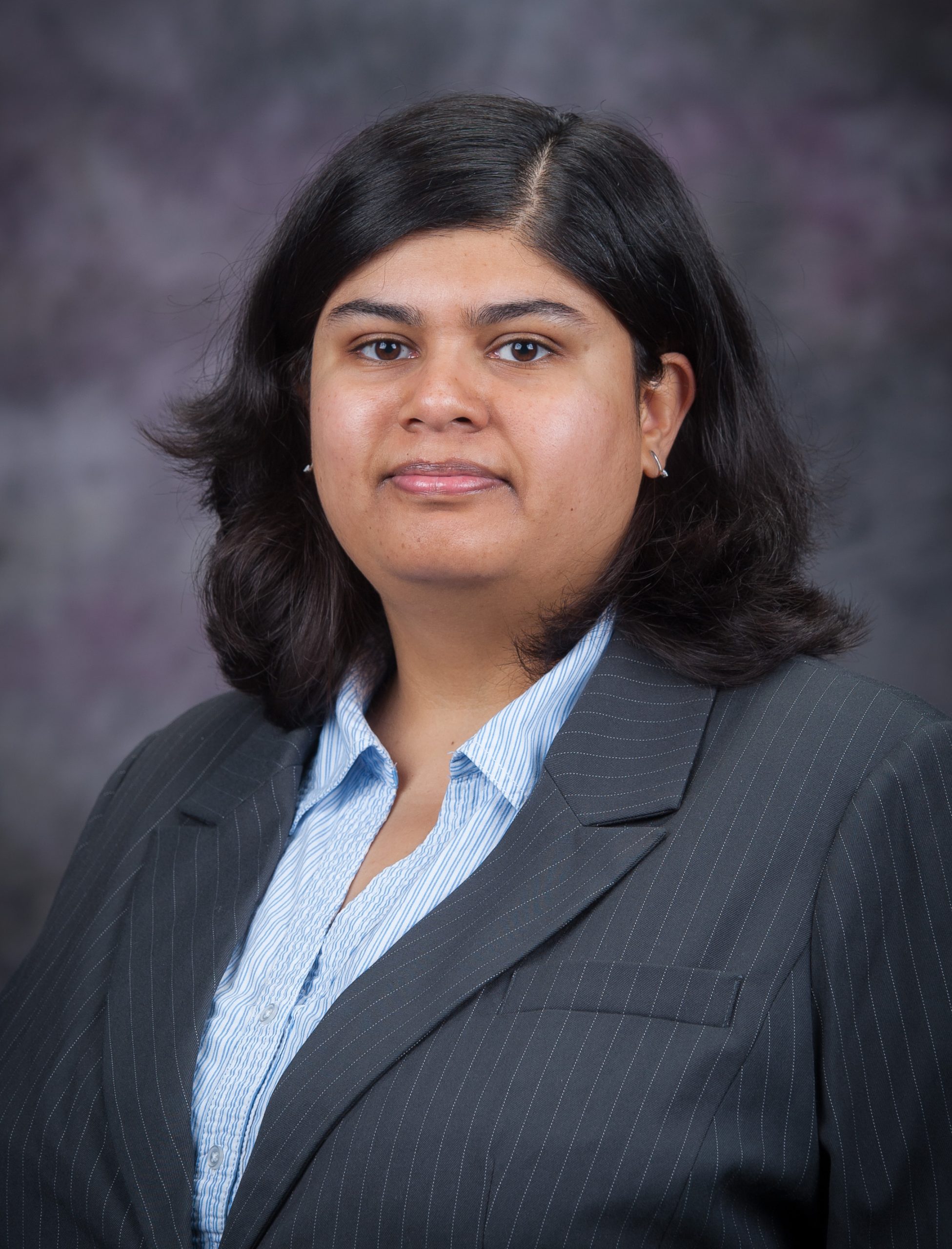
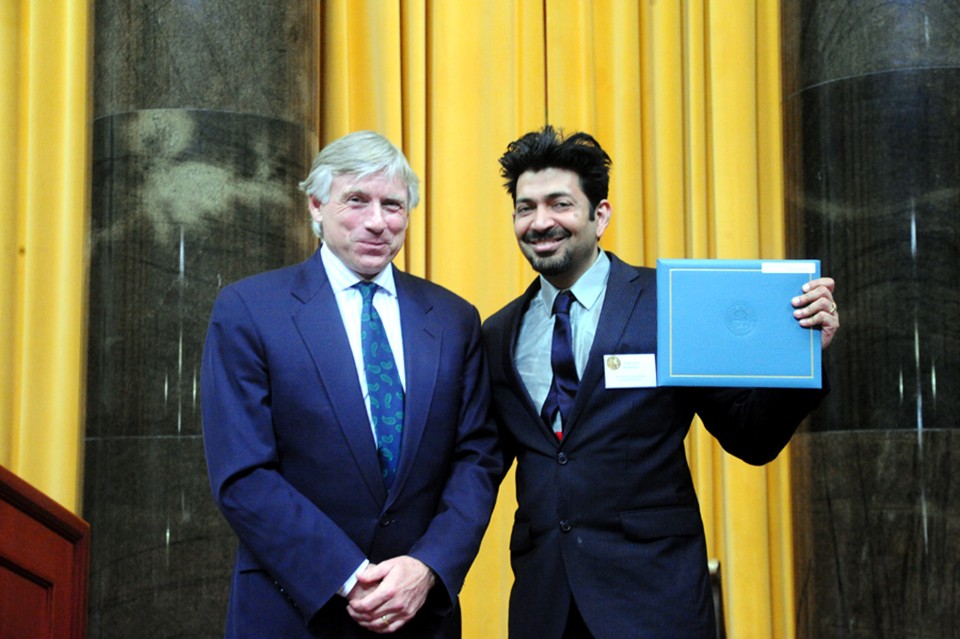 Lee C. Bollinger, President of Columbia University presenting Pulitzer Prize to Dr. Siddhartha Mukherjee[/caption]
Lee C. Bollinger, President of Columbia University presenting Pulitzer Prize to Dr. Siddhartha Mukherjee[/caption]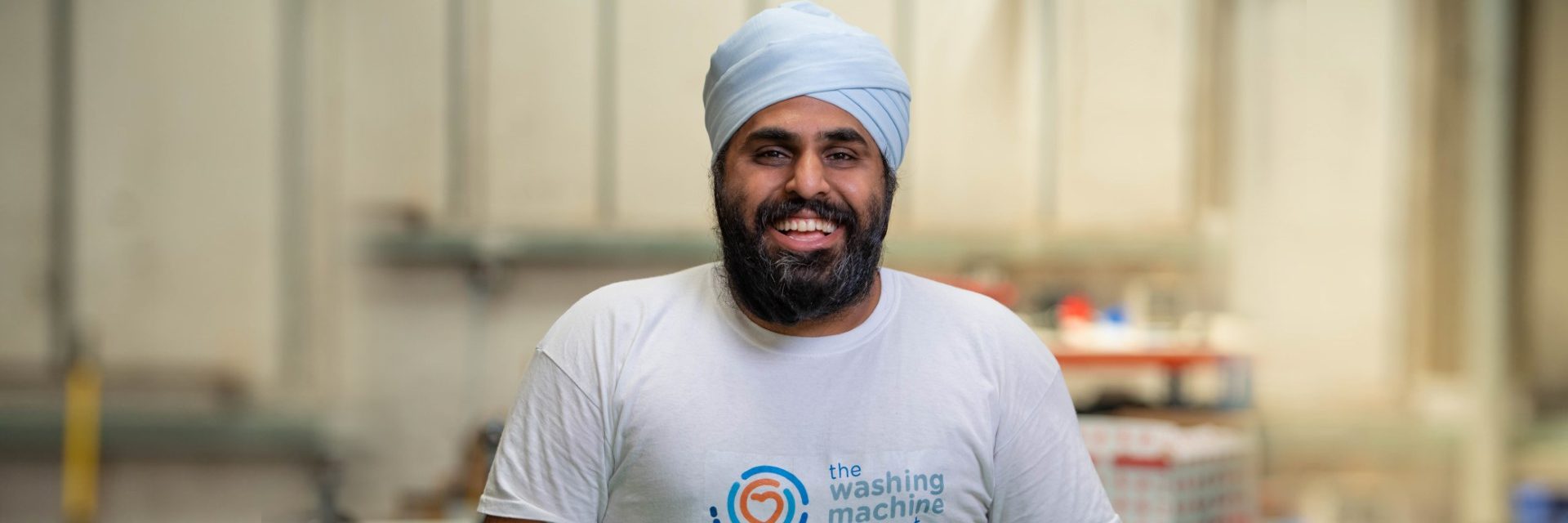

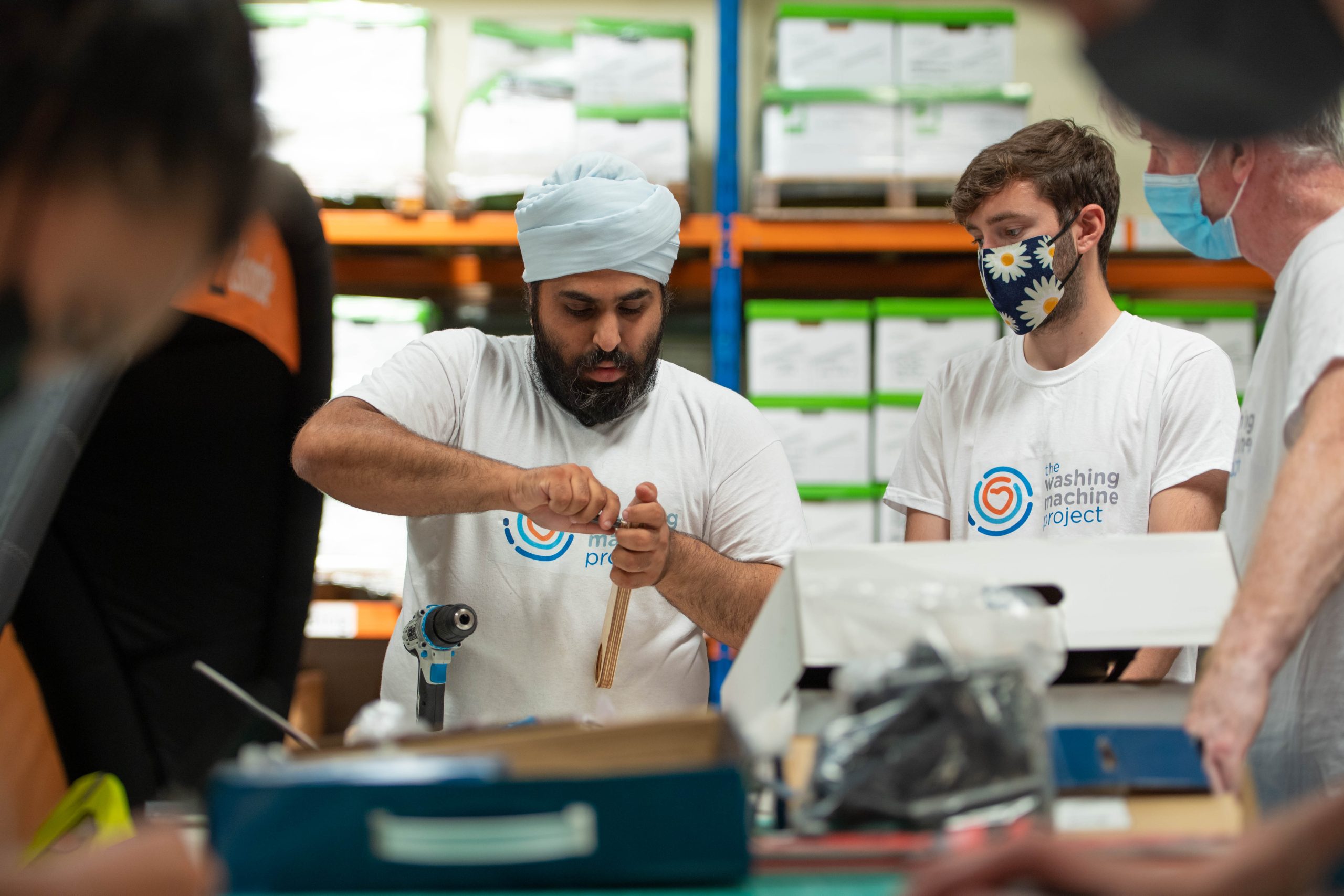
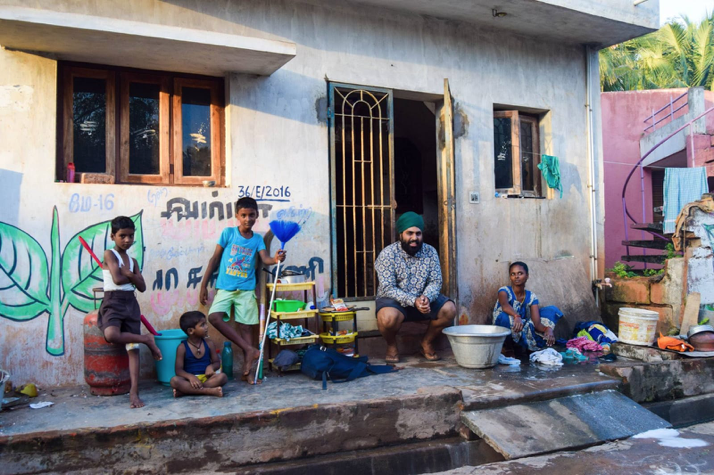 Navjot Sawhney with neighbour Divya[/caption]
Navjot Sawhney with neighbour Divya[/caption]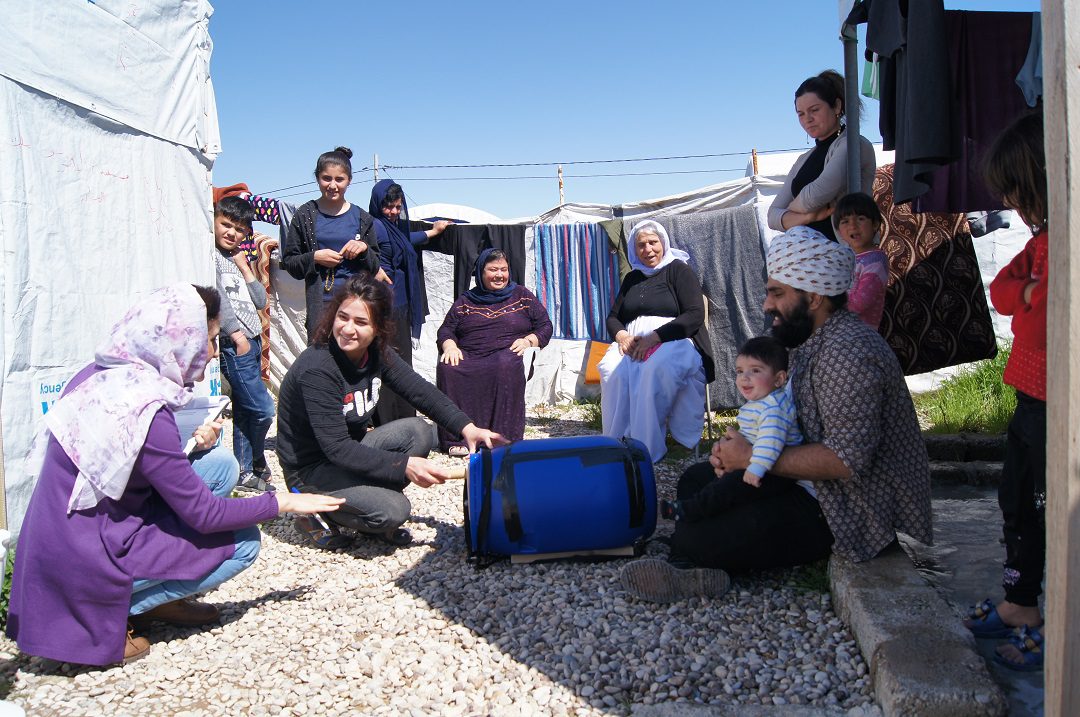 Navjot Sawhney in Iraq for a research trip[/caption]
Navjot Sawhney in Iraq for a research trip[/caption]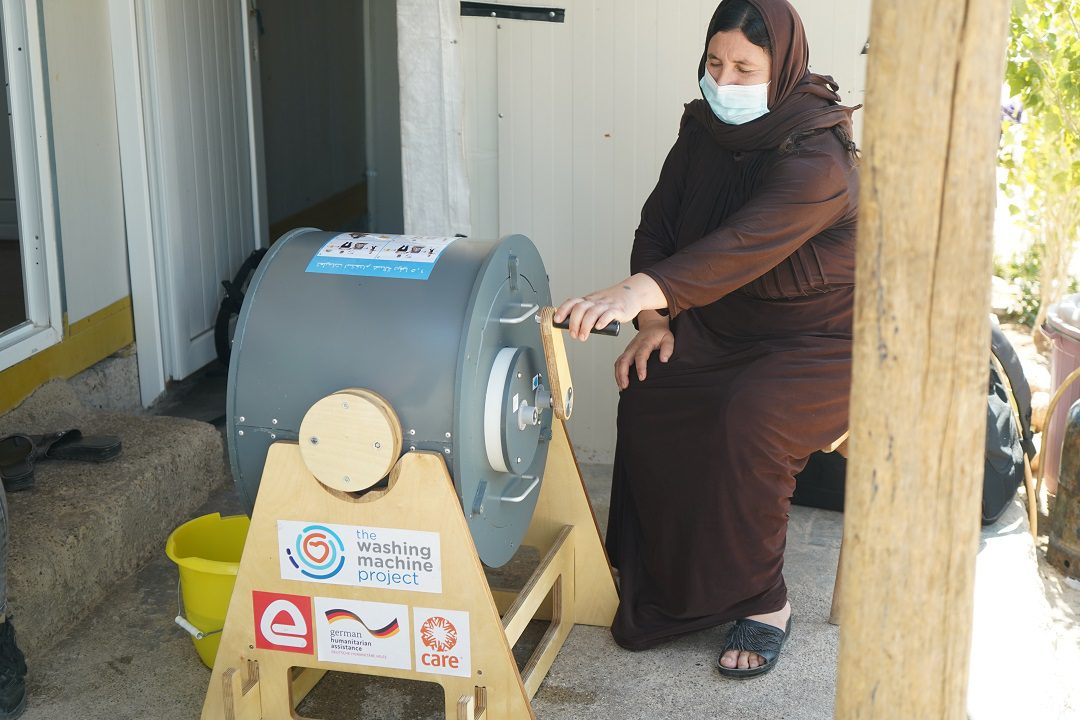 A woman with Divya 1.5[/caption]
A woman with Divya 1.5[/caption]
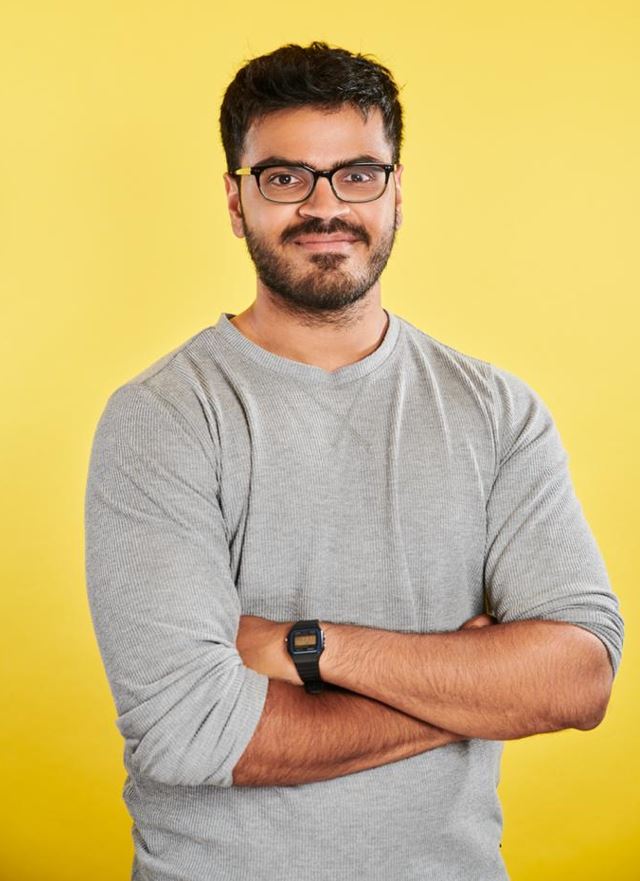 Neil Shah[/caption]
Neil Shah[/caption]